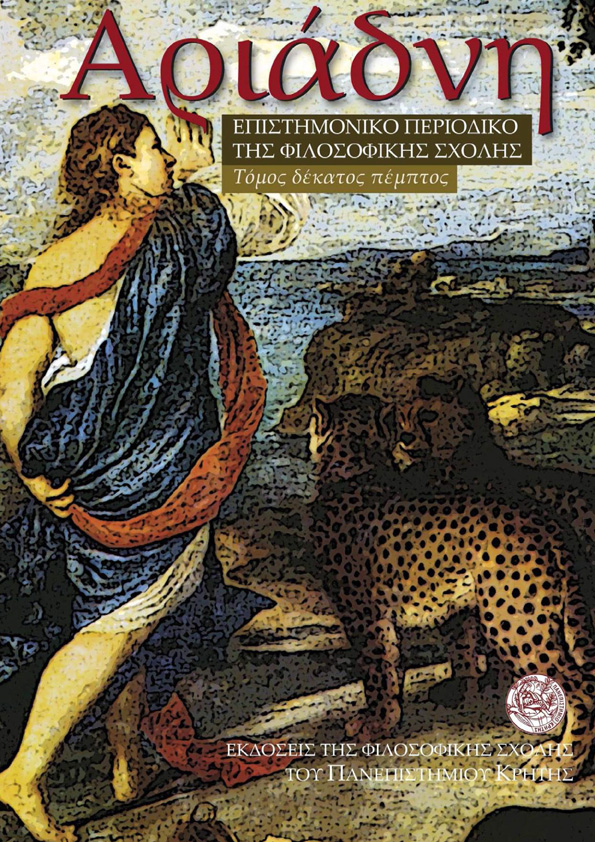Dada, Surrealist and Abstract Cinema
DOI:
https://doi.org/10.26248/ariadne.v15i0.921Abstract
THIS ESSAY focuses οn the dada, surrealist and abstract films of the 1920s and examines the ways in which their creators challenged established social and aesthetic beliefs and practices. The experimental artists of the 1920s ( e.g., Man Ray, Hans Richter, Marcel Duchamp, Fernand Leger, Rene Clair, Luis Bunuel) followed production methods that contrasted their contemporary film industry modes and presented their works in alternative exhibition contexts. Through their writings and films they attacked conventional notions of high art and aesthetic beauty as well as traditional social, moral and religious views, emphasizing, instead, the productive role of irrational thinking and sexual instincts. Ιn their films they challenged the idea of logical causality, created absurd spatial and temporal relationships, and often produced self-reflexive scenes revealing the artificiality of the film images. Their experiments primarily derived from their wish to generate fresh spectatorial effects and lead the films' viewers to unexpected aesthetic experiences, ranging from boredom and irritation (e.g. in dada) to a dream-like state and social emancipation (e.g. in surrealism).
Downloads
Published
How to Cite
Issue
Section
License
Authors retain copyright and grant the journal right of first publication with the work simultaneously licensed under a Creative Commons Attribution-NonCommercial-ShareAlike 4.0 International License that allows others free use of the work for non-commercial purposes as long as the author/s and the journal are attributed properly and the new creations are licensed under identical terms (Creative Commons Attribution-NonCommercial-ShareAlike 4.0 International License).


